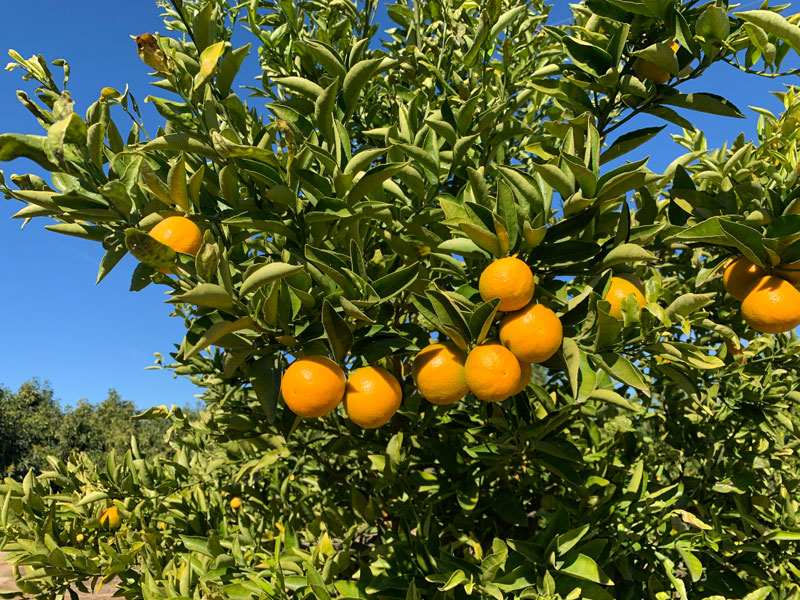KINGSVILLE (June 26, 2024) — Dr. Madhura Babu Kunta, Texas A&M University-Kingsville research associate professor of horticulture and plant pathology, and his team were selected to have a research article focused on citrus resistant to Huanglongbing (HLB) disease featured as the cover story in Vol. 13, Issue 11 of Plants, an online international semimonthly scientific journal that focuses on fundamental and applied plant science.
The research topic focuses on the genetic composition of three citrus-related plants resistant to HLB chosen for breeding by the research team.
“Citrus is affected by a bacterial disease, 'Huanglongbing' or 'Greening' that can infect citrus plants in an area if the pathogen is reported in this region, and if the insect vector that spreads the disease, the 'Asian Citrus Psyllid' is found here,” Kunta said. “The psyllid feeds on infected trees, acquires the pathogen, and can transmit the disease to other healthy citrus trees in the vicinity when it feeds on them.”
Citrus HLB has been known to hinder citrus industries in the United States and other countries financially as it has no cure, but is managed by psyllid control, antibiotic treatments, and other innovative disease mitigation techniques.
Kunta and his team hope they can aid the industries by developing a genetic solution that will be ecologically acceptable and used to manage HLB in the long term.
“We hope to select novel hybrids derived from Australian limes with disease-resistance traits and acceptable citrus-like fruit quality shortly, Kunta said. “Since breeding is similar to natural processes, the novel hybrids will not require approval by the Food and Drug Administration, the Environmental Protection Agencies, or regulators since public acceptance of these novel types will not be problematic.
Kunta’s research team is made up of bioinformaticians, geneticists, citrus breeders, plant pathologists, horticulturists, and molecular biologists from institutions such as the Texas A&M University-Kingsville Citrus Center in Weslaco, the University of California Riverside, National Clonal Germplasm Repository for Citrus and Dates, the Appalachian Fruit Research Station, and the University of Tennessee.
There were 158 different scientific articles featured in the publication, but only one was chosen as the cover story by editors based on the excitement and importance of the subject matter.
“We are happy about the attention it will receive since it is on the journal's cover,” Kunta said. “Generally, editors choose the most exciting and the significantly important research topic/work to feature on the cover.”
-TAMUK-

